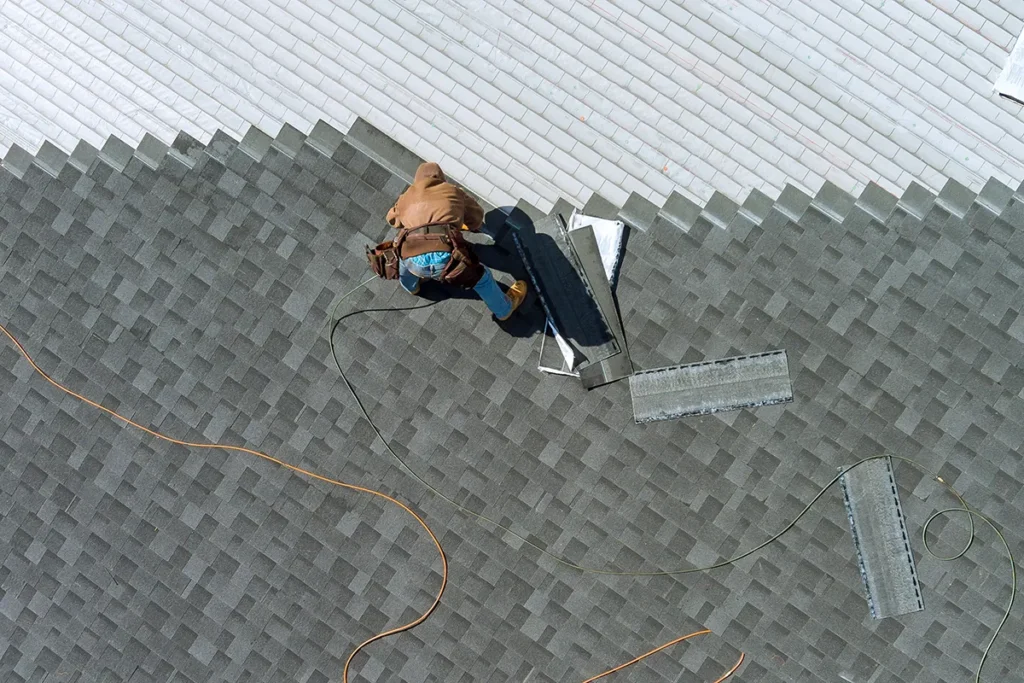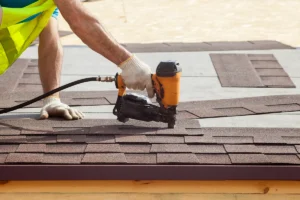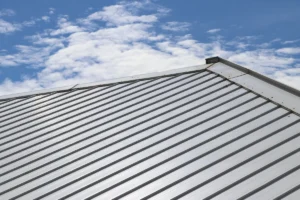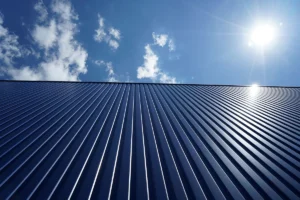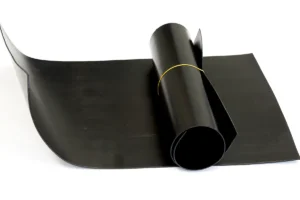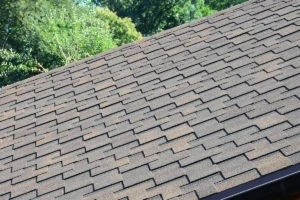Roof blisters, also known as roof bubbles, can be a frustrating and costly issue for homeowners. These raised areas or bubbles on the surface of the roof are formed when moisture becomes trapped between the layers of the roof, causing the roofing materials to separate and create a bubble-like formation. Fortunately, there are several steps you can take to prevent roof blisters and protect your roof from potential damage. In this blog post, we will discuss some effective strategies to prevent roof blisters and keep your roof in top condition.
1. Choose high-quality roofing materials: One of the most important factors in preventing roof blisters is using high-quality roofing materials. Invest in materials that are specifically designed for your climate and roof type. High-quality materials are less likely to deteriorate or separate, reducing the risk of blister formation.
2. Hire a professional roofing contractor: Proper installation is crucial in preventing roof blisters. Hiring a professional roofing contractor with experience and expertise ensures that your roof is installed correctly. They will follow proper techniques and ensure that all seams and joints are properly sealed, minimizing the chances of moisture penetration and blister formation.
3. Ensure proper ventilation: Adequate ventilation is essential for preventing roof blisters. Proper airflow helps to reduce moisture buildup and prevents the accumulation of heat, which can contribute to blister formation. Make sure that your roof has proper ventilation systems in place, such as ridge vents, soffit vents, or attic fans.
4. Maintain your roof regularly: Regular roof maintenance is key to preventing roof blisters. Inspect your roof at least once a year and after severe weather events to identify any potential issues. Look for signs of blistering, loose or damaged shingles, or any areas where moisture may be entering. Promptly address any issues to prevent further damage.
5. Keep your roof clean: Debris, such as leaves, branches, or dirt, can trap moisture and contribute to blister formation. Regularly clean your roof to remove any debris that may accumulate. Use a soft-bristle brush or a leaf blower to gently remove debris without damaging the roofing materials.
6. Address insulation and moisture barriers: Proper insulation and moisture barriers are essential in preventing roof blisters. Insulation helps to regulate temperature and prevent heat buildup, while moisture barriers prevent moisture from penetrating the roof layers. Ensure that your roof has adequate insulation and moisture barriers installed correctly to minimize the risk of blister formation.
7. Avoid walking on the roof: Walking on the roof can cause damage to the roofing materials and increase the risk of blister formation. If you need to access your roof for maintenance or repairs, consider hiring a professional to ensure that the work is done safely and without causing damage.
8. Monitor attic humidity levels: Excessive humidity in the attic can contribute to moisture buildup and blister formation. Monitor the humidity levels in your attic and take steps to reduce humidity if necessary. Use dehumidifiers or improve ventilation to maintain optimal humidity levels.
By following these preventive measures, you can significantly reduce the risk of roof blisters and prolong the lifespan of your roof. Remember that prevention is always better than cure when it comes to roof maintenance. If you notice any signs of blistering or other roof issues, it is important to consult a professional roofing contractor for proper repair and maintenance to avoid further damage. Taking proactive steps to prevent roof blisters will not only save you money in the long run but also provide peace of mind knowing that your roof is in good condition.

